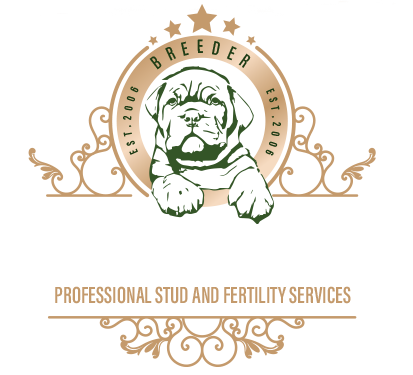Sporting, affectionate and fearless toy spaniel
| Size | Small |
|---|---|
| Exercise | Up to 1 hour per day |
| Size of home | Flat/Apartment |
| Grooming | More than once a week |
| Coat Length | Medium |
| Sheds | Yes |
|---|---|
| Life Span | Over 12 Years |
| Vulnerable Native Breed | No |
| Town or Country | Either |
| Size of Garden | Small/Medium Garden |
The spaniel of Mary, Queen of Scots was found hidden in her petticoats after she was beheaded. However, it was in the courts of Charles I and his son Charles II that the toy spaniels became well established and their popularity spread, particularly amongst the nobility.
The first Duke of Marlborough developed the Blenheim spaniel, a rich red and white dog which retained its sporting instincts and was adept at flushing game. Its name comes from the Duke’s residence, Blenheim Palace, and the word is used today to describe the chestnut and white coat colour.
The Duke of Norfolk also kept the Blenheim type but developed the black and tan variety. The tricolours were called the Prince Charles. The ruby colour was the last colour to be developed in the breed.
Until the late 19th Century the toy spaniels retained the fairly long muzzle and the flattish skull of the sporting spaniels. However, the fashion for shorter muzzles in the toy breeds, as seen in the Pug and the Pekingese, lead to the domed skull and shorter muzzle becoming more popular and more successful in the show ring.
A group of breeders were saddened by the apparent decline of the slightly larger type dogs with slightly longer muzzles, flatter skulls, and which retained their sporting instincts. At Crufts in 1926-1930, there were special prizes given for ‘Blenheim spaniels of the old type’ and the word ‘Cavalier’ was chosen to distinguish this type from the flatter-faced type which was known as the King Charles. This effectively saw the emergence of the Cavalier King Charles (the old type) as a separate variety from the King Charles. The Cavalier King Charles Spaniel Club was formed in 1928 but The Kennel Club did not recognise the Cavalier as a separate breed until 1945.
COMING SOON.
ENQUIRE ABOUT FUTURE AVAILABILITY.
ONLY BRED UPON REQUEST
Call now on:
+44 7496 512464
Email on:


